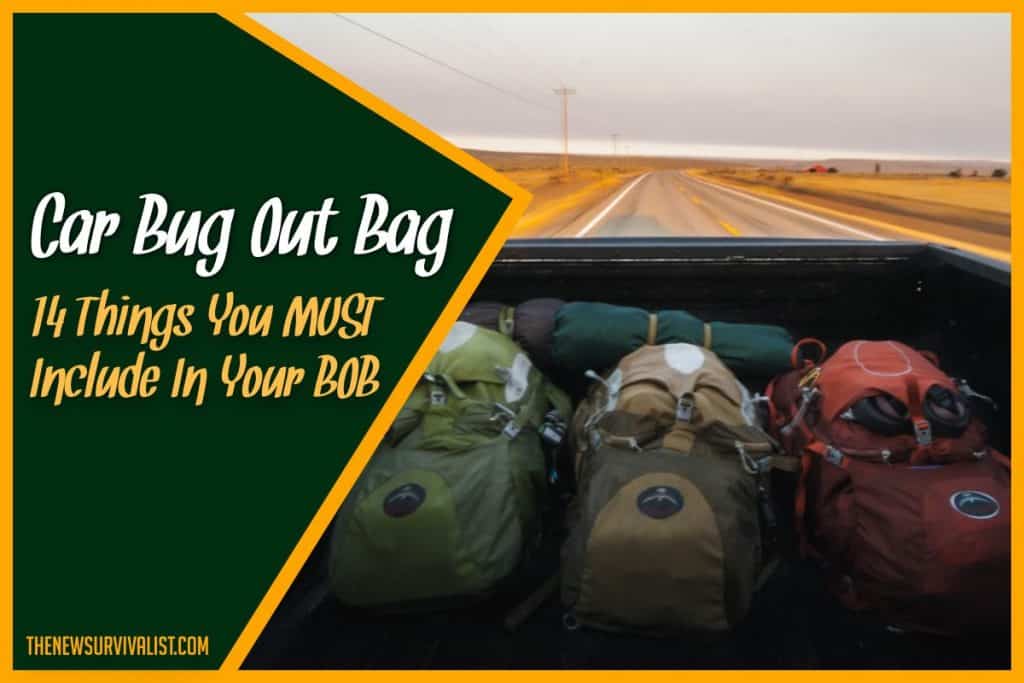Preppers and survivalists who use their vehicles for everyday travel should have a bug-out bag or a get-home bag stored in that vehicle. For cars, a full-fledged bug-out bag is possible since there’s space to store a large bag.
Every car bug-out bag should include at least one of each item or something equivalent to it.
-
- Water
- Survival Straw
- Food: Dried Nuts or Peanut Butter
- Change of Clothes
- Bivouac sack aka Bivy Sack/Bag
- Compact Survival Knife
- Spare Ammo
- Fire Starters (Lighter, Waterproof Match Sticks, Magnesium Fire Starter)
- Hand Warmer
- Mylar Blanket
- One-Way Hand Cranked Radio (AM/FM) with LED Flashlight and Solar Charging Panels
- First Aid Kit
- Wet Wipes
- A handgun in addition to your EDC weapon (optional)
- Bear spray (optional)
What is a Bug-Out Bag?
A bug-out bag is a survival kit that contains all the necessary items one would need to survive if a disaster occurs, and going back home immediately is not an option. Additionally, it’s used to support one’s travel by foot from point A to a prepper’s bug-out location.
In general, the supplies included in the car bug-out bag should last for at least 72 hours. The reasoning for this is that in the event of a disaster, the government or other disaster response organizations may take at most 72 hours to send rescue. Moreover, your bug-out location should have been planned in the past, and the average travel time allotted to get there is roughly 72 hours.
With these in mind, the bug-out bag should not be prepped to deal with all types of scenarios, as its main purpose is to get you to your bug-out location safely, and as fast as possible. Over prepping your bag will only lead to a heavy luggage with contents that may or may not be useful but will definitely slow you down.
Essential Contents of a Car Bug Out Bag
The contents of your bug-out bag are limited by your fitness level and your current weight. Ideally, the weight of the bag should be around 30 lbs. or 20% of your total body weight, or whichever is the lightest. There’s a 46% risk of soft tissue injury along the soles of your feet and back when going over this limit (Ambry Riddle Aeronautical University, 2013). As such, only the most necessary supplies should be packed.
In addition, the more extensive your survival knowledge and skills are, the fewer items you will need to pack.
Water and a Survival Straw
Total Weight: 8.4lbs (3800g)
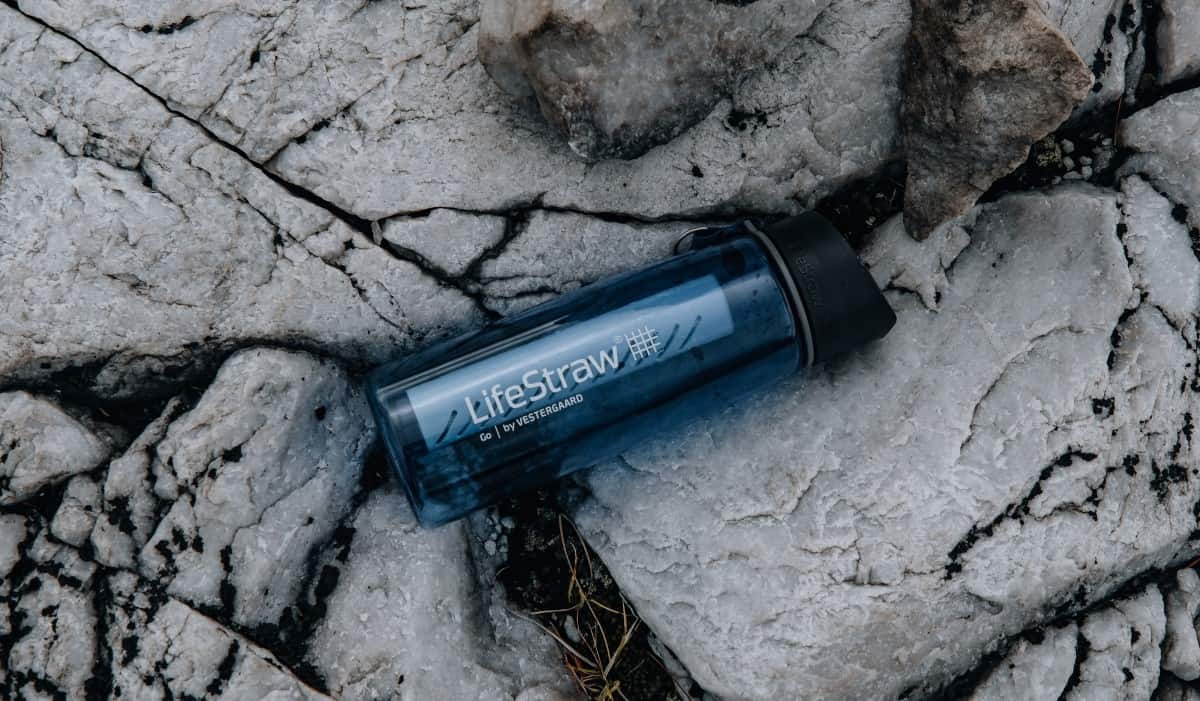
Other guides will tell you to ditch the water bottle and only bring a survival straw. This is fatal advice. Using the Rule of 3s, a person can only survive for 3 days without water intake. In the 72 hours, it takes to get to your bug-out location, how sure are you that you will find any source of water?
As such, we recommend bringing at least a days’ worth of water on top of a survival straw. According to the Nutrition Health and Examination Survey (NHANES), an adult male requires 3.7 liters/day of water, and 2.7 liters/day for adult women. However, water is heavy and a liter is equal to 1kg (2.2 lbs.). This is why it is recommended to use the lighter, collapsible plastic bottle with a wide mouth and a removable cap.
To further lighten your load, forego the stainless-steel bottle which is used for boiling water. A survival straw can filter up to 1,000 gallons (4,000 liters) of water before it becomes ineffective, so there’s no point in bringing other water purification tools in a bug-out bag.
When the water you brought runs out, you can just fill the bottle back with water you find along the way, and use the survival straw on the collected water.
Food: Dried Nuts or Peanut Butter
Total Weight: 1 to 2.2lbs (500g to 1kg)

A person can last for up to 3 weeks without food intake, which is why a bug-out bag often contains only a small amount of food. The goal when prepping food for a bug-out bag is to choose foods that have high calorie content and won’t get affected by harsh temperatures. Pack just enough food that will provide at least 1,500 calories per day for 3 days.
Calories provided per 100g (3.5oz)
- Macadamia nuts: 718 kcal
- Pecan: 691 kcal
- Pine nuts: 682 kcal
- Peanut butter: 616 kcal
- Almonds: 598 kcal
Weight to supply 4,500 calories (3 days worth)
- Macadamia nuts: 626.7g (1.3 lbs.)
- Pecan: 651.2g (1.4 lbs.)
- Pine nuts: 659.8g (1.4 lbs.)
- Peanut butter: 730g (1.6 lbs.)
- Almonds: 752g (1.6 lbs.)
A reminder, the goal of a bug-out bag is to support you from your travel to the bug-out location as quickly as possible, which is why its weight is strictly controlled. There is no room for hunting gear or intricate meals that needs to be cooked. The only time you should be substituting these dried nuts for an energy bar is if you have a nut allergy. Bringing multiple meals is a ridiculous thought that will only weigh down the bug-out bag.
Clothing
Total Weight:1 to 2lbs (450 to 900g)
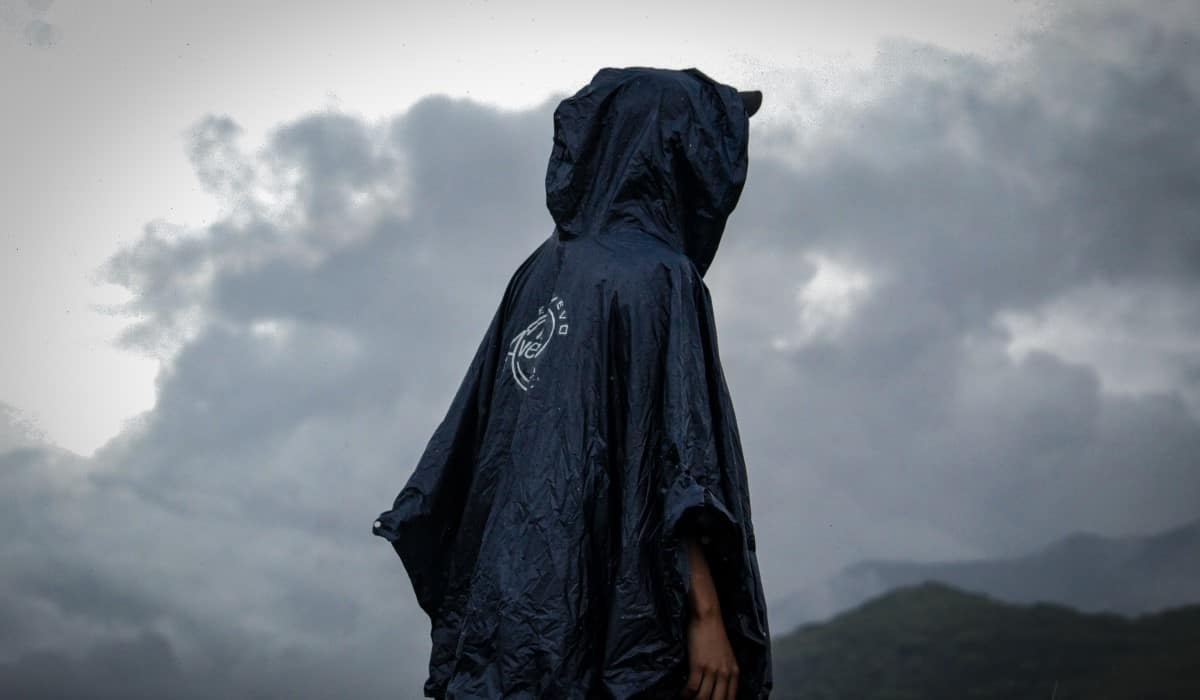
Ideally, you should have a pair of good-fitting hiking boots in the car separate from the bug-out bag. Wool socks are a must for anyone that’s going for a long hike. It will keep your feet dry, and help delay the onset of blisters. Keep at least 2 pairs of wool socks. Shoe liners and insoles are also great at delaying, or even preventing the onset of blisters.
For the ladies, pack a pair of jeans, a long-sleeved shirt, and a hoodie. For the men, most of the time the clothes that they’re wearing every day is enough for the hike. Additionally, a waterproof poncho or a full-body raincoat needs to be included.
Bivy Bag/ Bivy Sack
Total Weight:0.35 to 1.375 lbs. (158 to 620g)
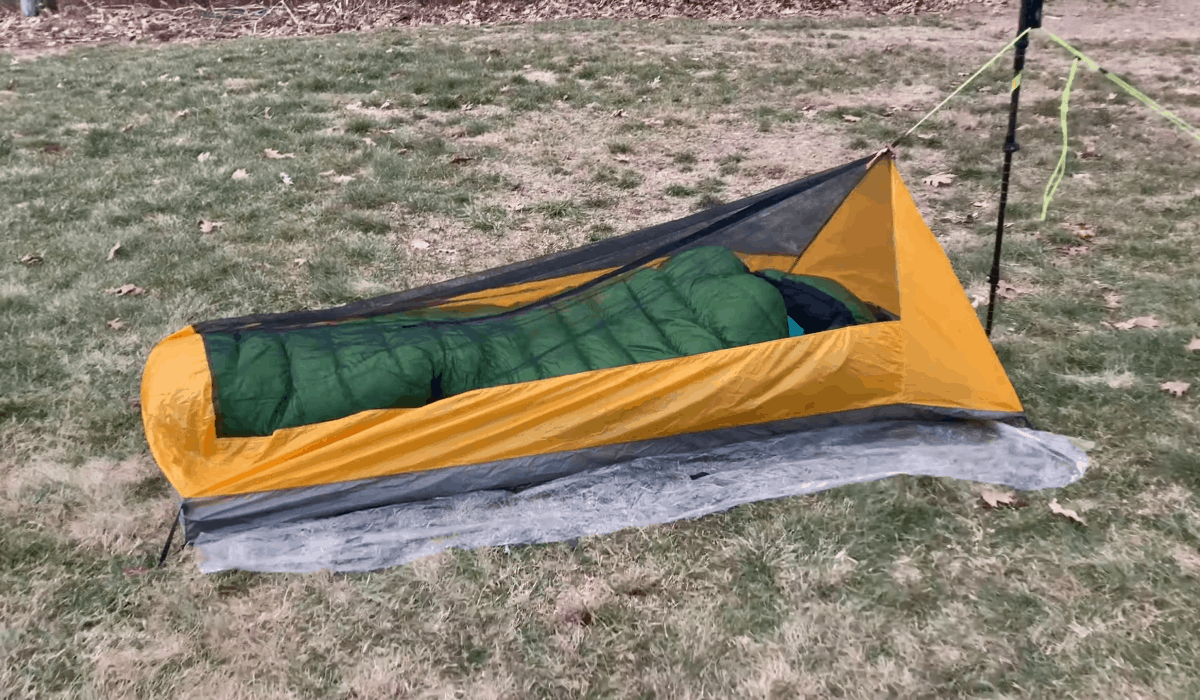
A tent and a sleeping bag have no place in a bug-out bag and are replaced by an ultra-lightweight bivy sack. The Bivouac sack aka bivy bag/sack is a personal-sized water-resistant shelter. Different makes and models weigh around 0.35 to 1.375 lbs.
Compact Survival Knife
Total Weight: 0.1 to 0.2 lbs. (50 to 100g)
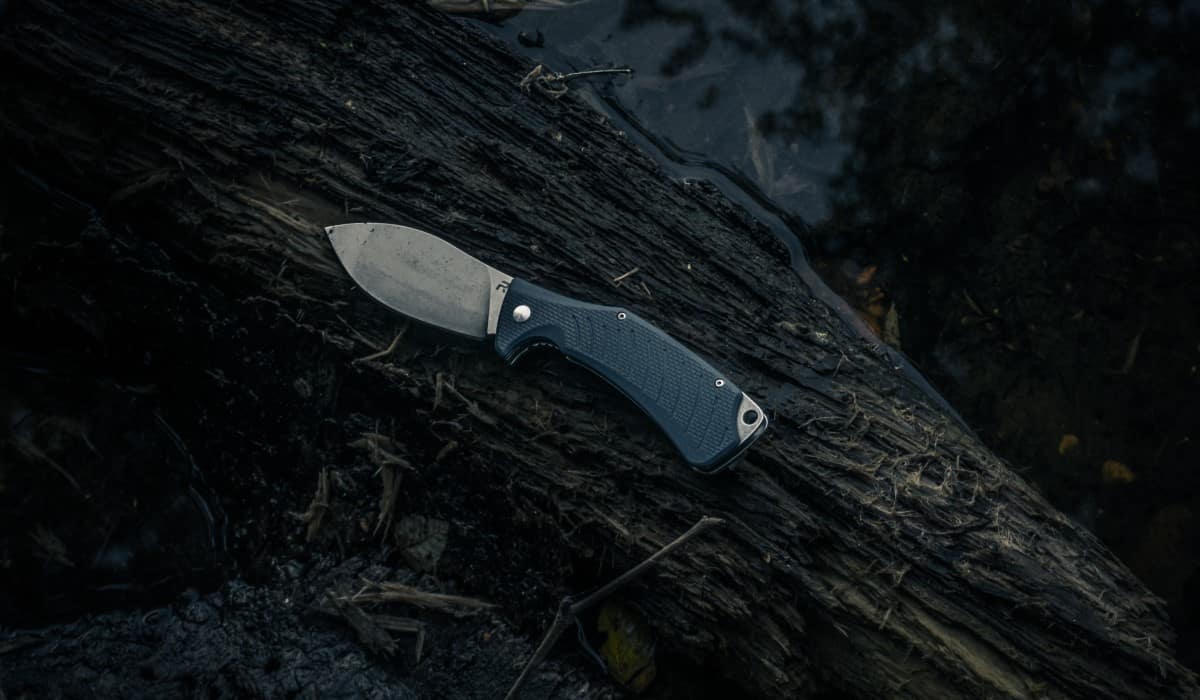
A small, lightweight survival knife will suffice for a 72hr bug-out bag. There’s no need for a heavy one-handed camping ax unless you’re making a shelter in the woods, which is not part of the plan.
Spare Ammo for your Everyday Carry
Total Weight: 0.32 to 0.64 lbs. (145 to 290g)

If you carry your firearm, then you only need to include spare ammunition in your bug-out bag. A 9mm round typically weighs around 10 to 14.5g. One might be tempted to bring a lot of bullets and magazines, but doing so quickly weighs down the bug-out bag.
Handgun
Total Weight:0.88 lbs.+ (400g+)
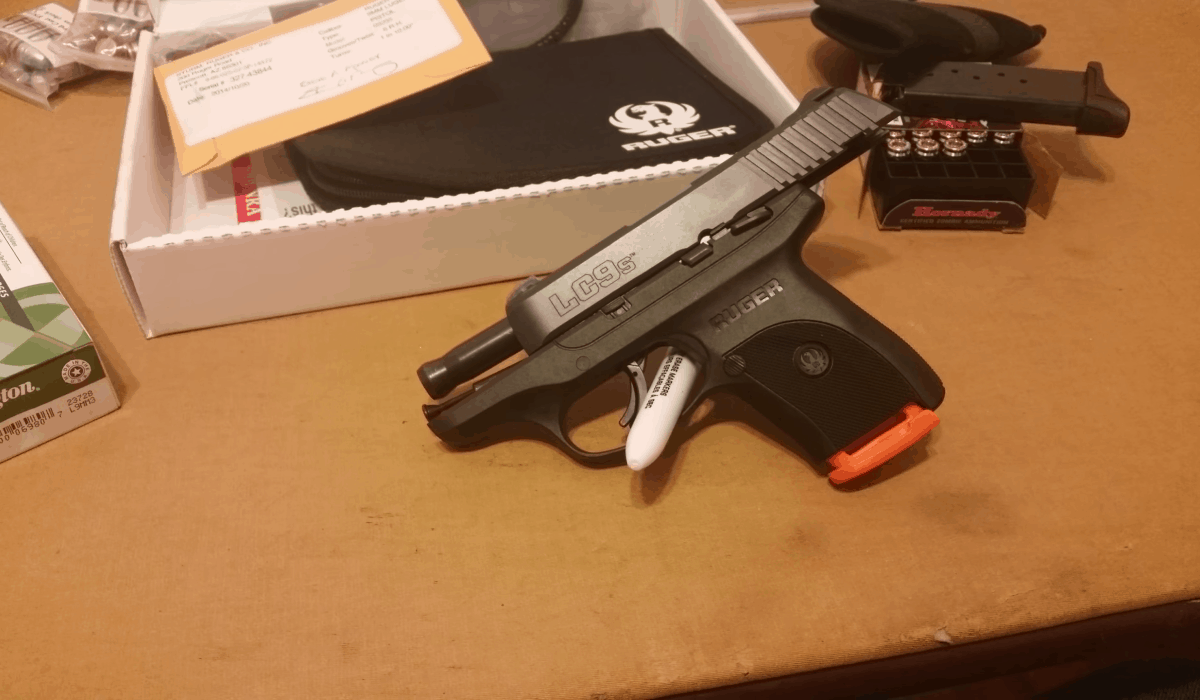
If you don’t conceal carry, or would like to add a sidearm in the bug-out bag, then a compact and lightweight pistol is a good choice. An example is a Ruger LC9s which weighs around 17.2oz (487g) and shoots 9mm rounds. Another compact pistol you can consider is the CZ P-07. You can also look into the Glock family for more options. Ultimately, the choice of a firearm depends on the prepper’s preference. However, there’s no need for larger caliber guns unless you’re in bear country, and your bug-out location is in bear territory.
Still, the best defense against bears is bear spray.
Lighter, Waterproof Matches, and a Magnesium Fire Starter
Total Weight:3oz (85g)
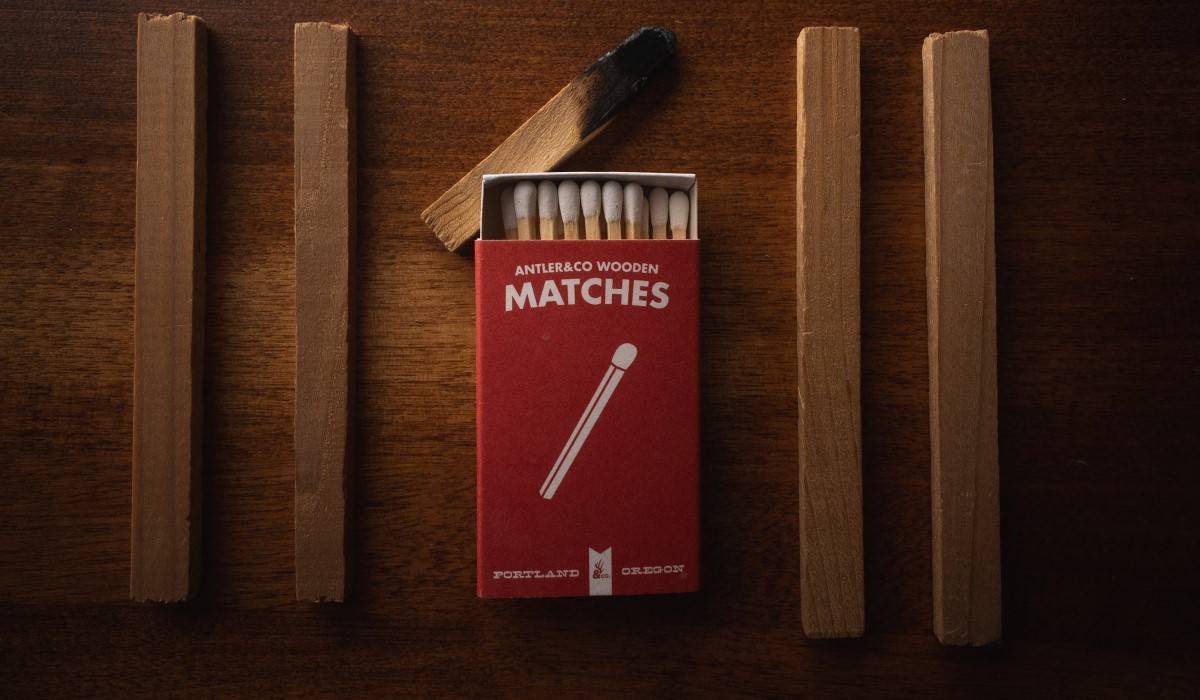
There is no such thing as too many fire-starting tools. These are small, compact, and lightweight which means carrying different types is not a problem. You may not be cooking anything, but a fire can be of great help to maintain your body temperature during cold nights.
Hand Warmers
Total Weight:9oz (255g)
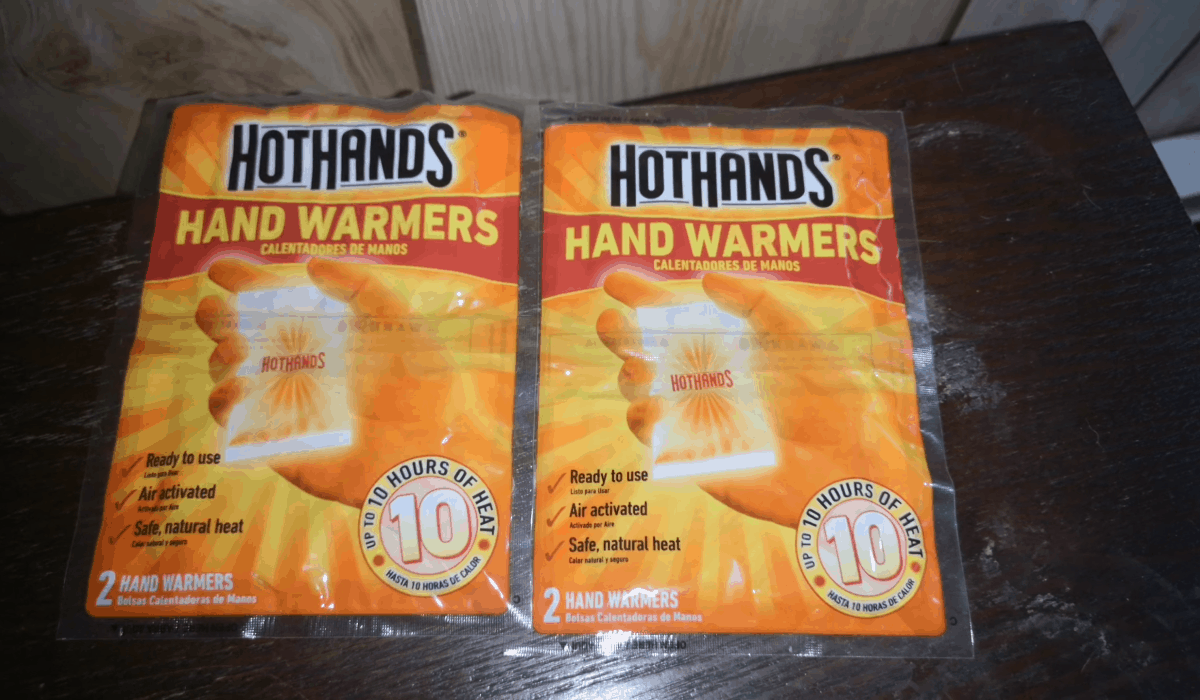
In case it gets wet and the fire is impossible to start, then having hand warmers can be a lifesaver. Even if you’re successful in making a fire, a couple of hand warmers inside your bivy bag can help deal with the cold. A hand warmer typically weights just around 1.5oz per pair. It’s a good idea to bring multiple pairs, especially during the cold season.
Mylar Blanket
Total Weight:3oz (85g)

The mylar blanket aka space blanket is an ultra-lightweight item that can be used to retain heat. It’s small and folds easily, and there’s no downside in including it in a bug-out bag.
Hand Cranked/Solar Charged One-Way Radio with Flashlight
Total Weight:13oz (368.5g)
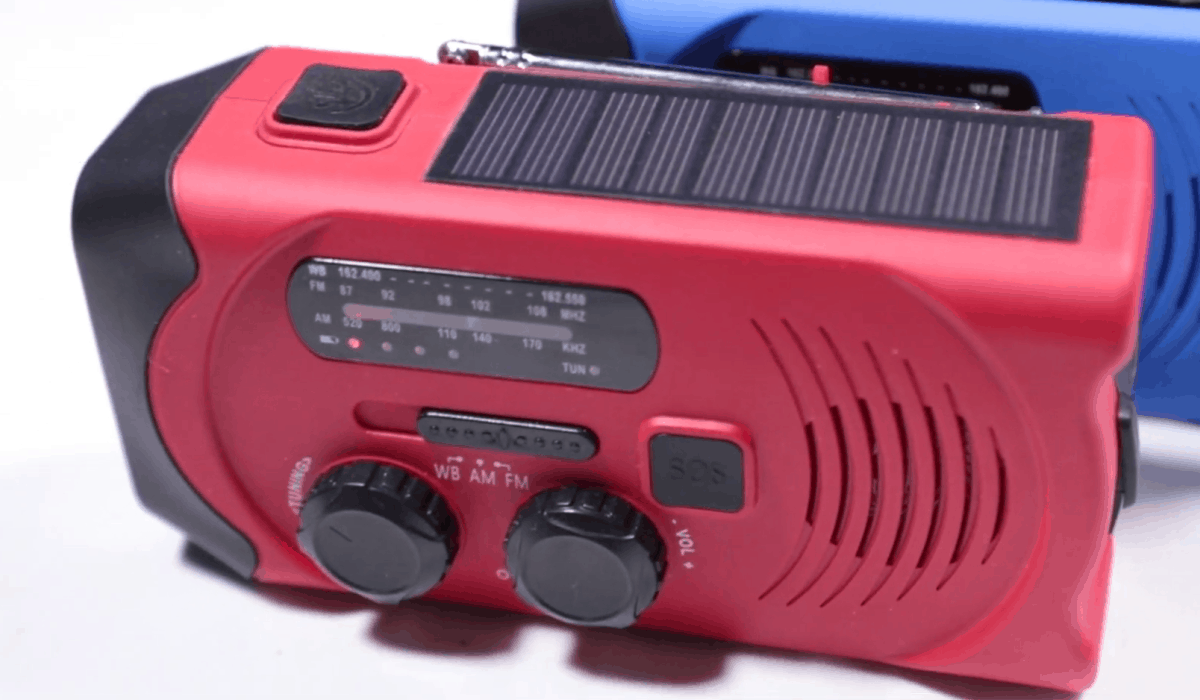
This one-way radio receives AM and FM signals, has a built-in LED flashlight, and can be charged through a hand-crank mechanism or its built-in solar panel. It can also be used as an emergency power bank, but has a measly 2000 mAh battery. Despite the low battery capacity, the LED light can be used for up to 25 hours in one charge.
The AM/FM radio feature is a nice alternative for receiving broadcasted updates in case the cell towers are down.
First Aid Kit
Total Weight:1 to 2lbs.
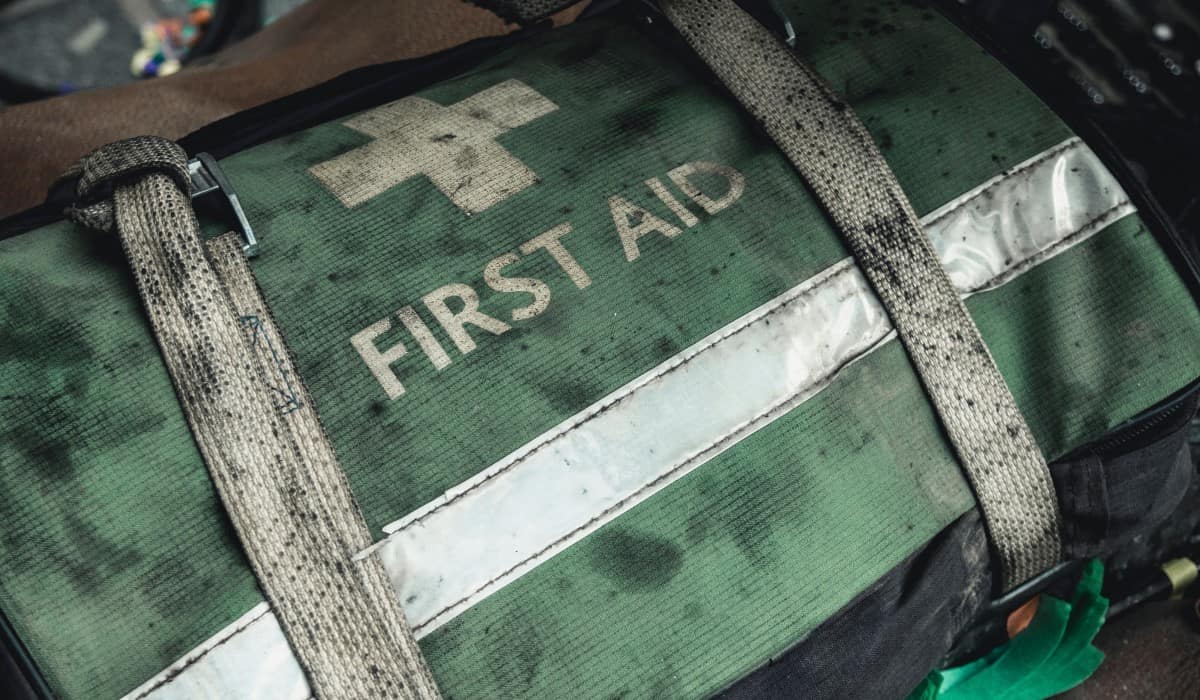
The first aid kit will not be extensive and will mostly include items for superficial wounds, pain management, blisters, and upper extremity fractures. Any major injury sustained on your lower extremities or any large bleeding wound immediately spells disaster. In an SHTF scenario, help may not arrive. As such, it’s important to avoid any kind of injury.
Here’s a list of the most important supplies you need in your first aid kit.
- Oral pain reliever (Acetaminophen, ibuprofen)
- Topical pain reliever (Diclofenac cream)
- Anti-diarrheal (Loperamide)
- Anti-histamine (Benadryl)
- Moleskin tape
- Duct tape
- Maintenance medication
- Alcohol and betadine prep pads
- Band-aids of varying sizes, removed from boxes and stored in a Ziploc bag.
- Aluminum splint
- Arm sling
- Tourniquet
- Pressure dressing
Wet Wipes
Total Weight:2.88oz (79g)

Instead of bringing tissue paper, consider packing wet wipes instead. It often comes in re-sealable packs and can be used to wipe off dirt and clean yourself a little bit before going to sleep in your bivy bag.
Estimated Total Weight
Overall, the total weight of all the items suggested here is roughly around 20lbs which is well within the recommended weight without taking into account the weight of the backpack itself.
The Reality of a Car Bug-Out Bag
The contents of your BOB or even the whole process of planning one depends greatly on your fitness and health level. How old you are. Are you fit enough to walk 5 to 10 miles every day, while carrying a 30 lbs. backpack, under the sun, rain, or snow until you reach your bug-out location? Do you have a chronic illness that will impair your endurance?
These factors are often left out by other survival guides, but this is a reality that should be seriously taken into consideration by anyone thinking of using a bug-out bag.

